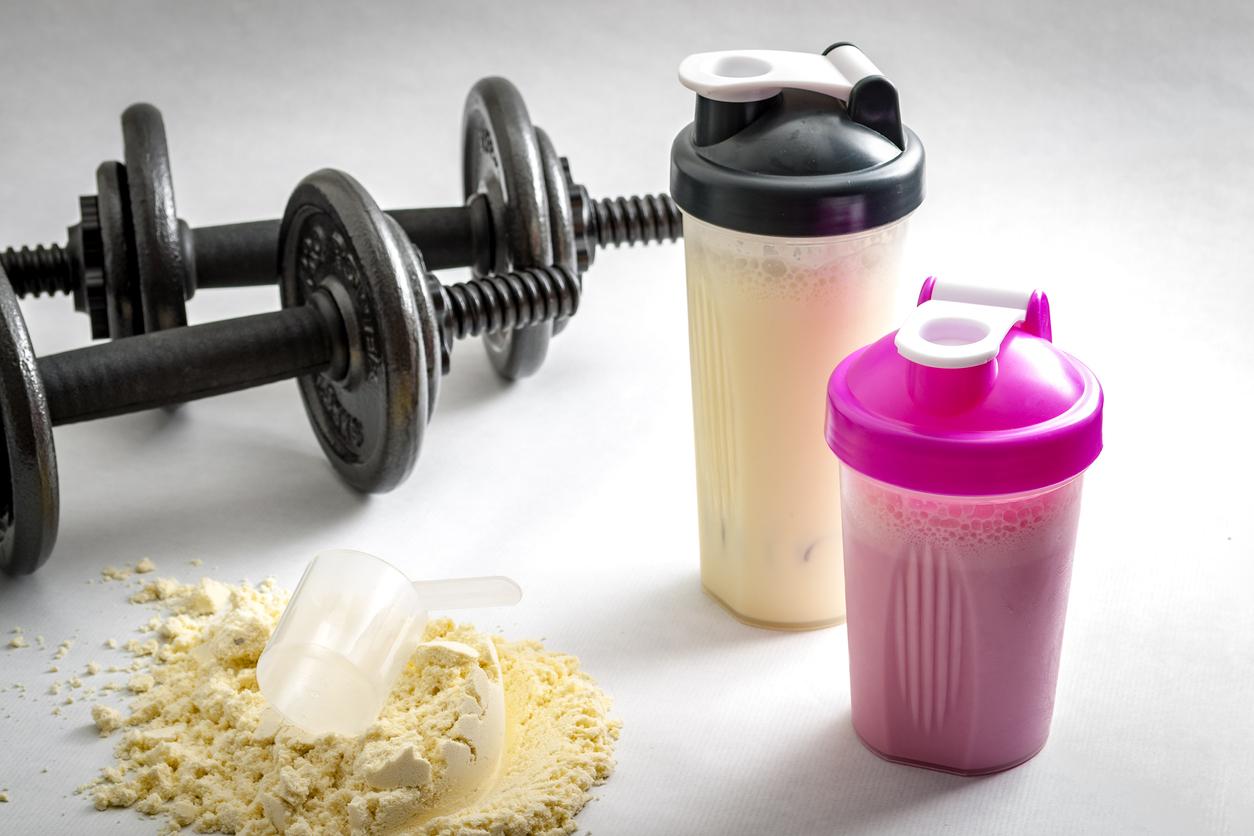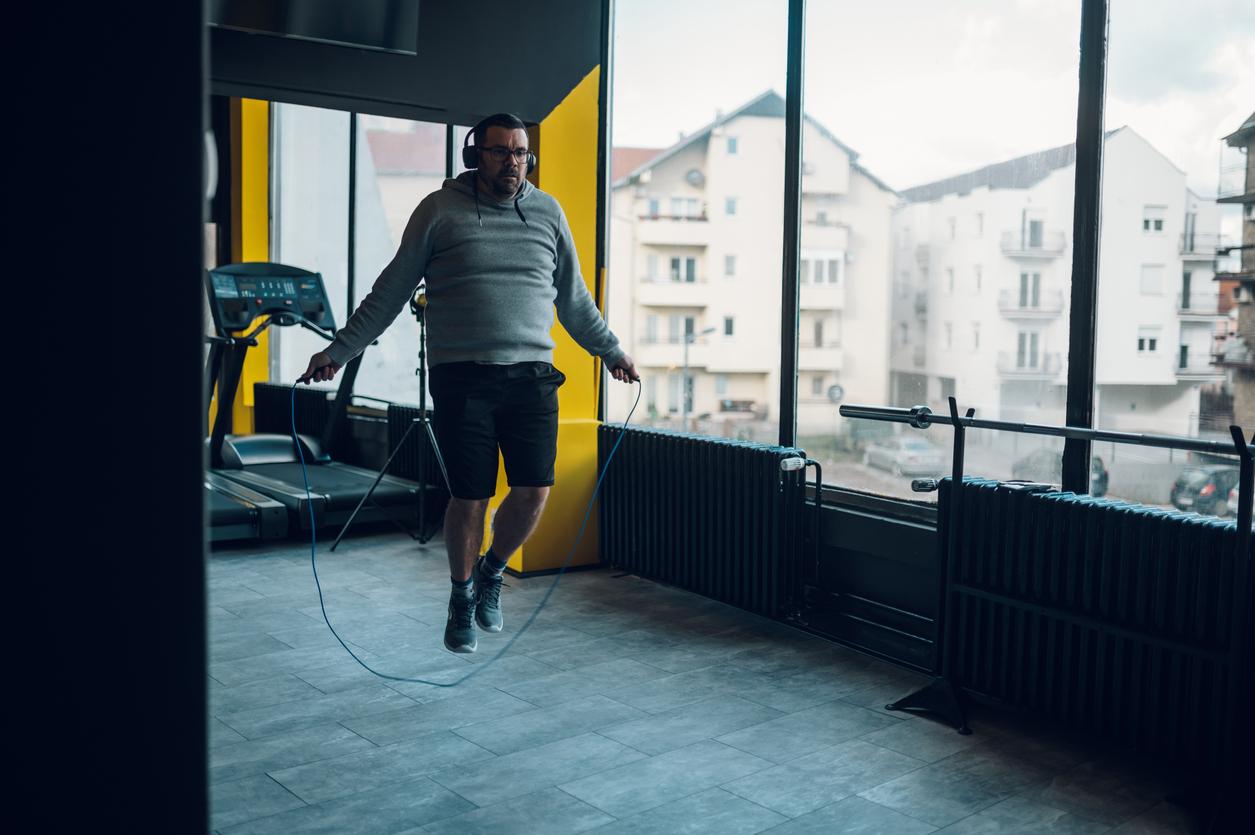Human muscle has an innate ability to ward off the damaging effects of chronic inflammation during exercise.

- Exercise inhibits a specific molecular pathway in muscle cells and has the same anti-inflammatory effect as two rheumatoid arthritis drugs.
- Researchers will now investigate what optimal exercise levels and regimens might fight chronic inflammation without overburdening cells.
Doing muscle exercises not only pampers your plastic, it also helps fight chronic inflammation. Biomedical engineers from Duke University have demonstrated that human muscle has an innate ability to ward off the damaging effects of chronic inflammation during exercise. The results were published on January 22 in the journal Science Advances.
Inflammation, not necessarily bad for the body
The discovery was made possible thanks to the use of human muscles developed in the laboratory, making it possible to show that the muscle alone is an anti-inflammatory. “Many processes take place throughout the human body during exercise and it is difficult to determine which systems and cells do what inside an active person.describes Nenad Bursac, professor of biomedical engineering at Duke University. Our artificial muscle platform is modular, which means we can mix and match different cell types and tissue components if we wish. But in this case, we discovered that the muscle cells were able to take anti-inflammatory actions on their own..”
Inflammation is not necessarily a bad thing for the body. When the body is injured, an initial low-level inflammatory response removes debris and helps rebuild tissue. These inflammations can also be harmful, as when the immune system overreacts and creates an inflammatory response that can cause damage, as is the case with Covid-19. There are also diseases that lead to chronic inflammation, such as rheumatoid arthritis and sarcopenia, which can weaken the muscle’s ability to contract.
Muscles grown in the lab
Among many molecules that can cause inflammation, one pro-inflammatory molecule in particular, interferon gamma, has been linked to various types of muscle wasting and dysfunction. Previous research has shown that exercise can help lessen the effects of inflammation in general, but it has been difficult to distinguish what role muscle cells themselves might play let alone how they interact with specific offending molecules. , such as interferon gamma. “We know that chronic inflammatory diseases induce muscle atrophy, but we wanted to see if the same would happen to our artificial human muscles grown in a petri dish.continues Zhaowei Chen, first author of the article. Not only did we confirm that interferon gamma works primarily through a specific signaling pathway, but we showed that exercising muscle cells can directly counteract this pro-inflammatory signaling independent of the presence of other cell types or tissues..”
To prove that muscle alone is able to block the destructive powers of interferon gamma, the researchers turned to an engineered muscle platform. The researchers took these fully functional, lab-grown muscles and flooded them with relatively high levels of interferon gamma for seven days to mimic the effects of long-lasting chronic inflammation. As expected, the muscle became smaller and lost much of its strength.
Strength training has the same anti-inflammatory effect as drugs
The researchers then applied interferon gamma again, but this time they also subjected the muscle to a simulated exercise regimen by stimulating it with a pair of electrodes. While they expected the procedure to induce some muscle growth, as shown in their previous studies, they were surprised to find that it almost completely prevented the effects of chronic inflammation. They went on to show that sham exercise inhibits a specific molecular pathway in muscle cells and that two drugs used to treat rheumatoid arthritis, tofacitinib and baricitinib, which block the same pathway, have the same anti-inflammatory effect.
“During exercise, the muscle cells themselves directly opposed the pro-inflammatory signal induced by interferon gamma, which we did not expect.noted Professor Nenad Bursac. These findings show how useful lab-grown human muscles could be in uncovering new disease mechanisms and potential treatments. There are notions that optimal exercise levels and regimens could fight chronic inflammation without overburdening cells. Perhaps with our muscle engineering we can help find out if such notions are true..”
.














